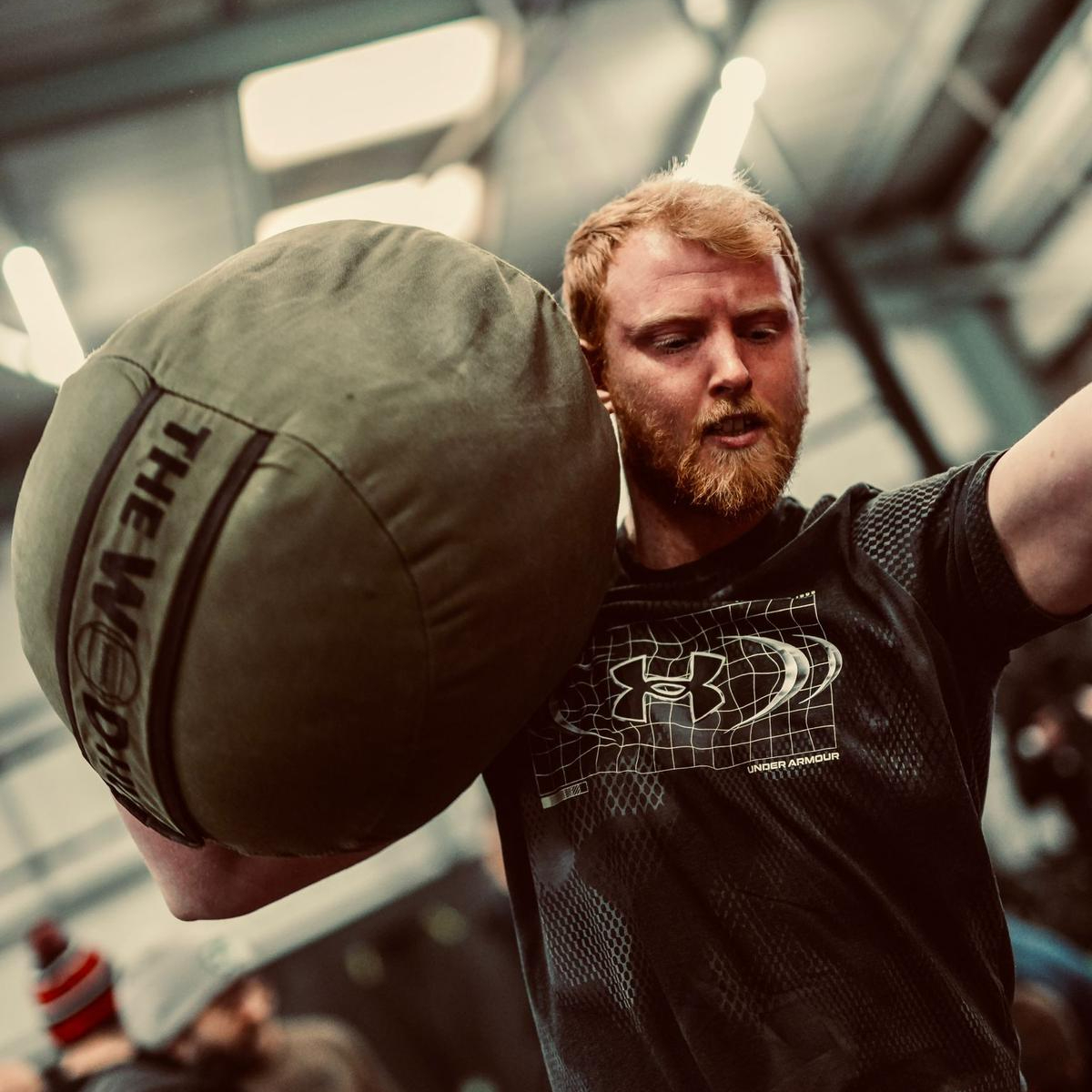A sleep expert recommends using this underused smartwatch feature to improve the quality of your sleep
A pen and paper will also do the trick

Every smartwatch worth its salt will track your sleep nowadays. The best smartwatches provide deeper insights too, such as a nightly breakdown of how long you spend in each sleep stage.
But sleep expert Dr Sophie Bostock says another smartwatch feature could be the real key to unlocking a restful night: the journal function. Or, failing that, a simple pen and paper.
The Sleep Scientist founder believes this feature (available on Whoop and certain Apple Watch apps) can identify the behaviors that underpin a successful slumber. Smartwatches may give you sleep data, she says, but it’s hard to tell what’s caused a rise or fall in your performance between the sheets.
If you want to improve your sleep, she recommends experimenting with small tweaks to your nightly routine (try starting with these sleep tips). A journal, whether it’s physical or digital, can be useful for identifying which behaviors had a positive impact, as well as helping you stick to these new habits.
“Track your sleep times, as well as a couple of habits you’ve introduced like getting more light in the morning, eating breakfast within an hour of waking up, or lighting a candle with dinner,” advises Dr Bostock.
“Every time you do that thing, give yourself a tick. To adopt a new habit, you need to feel good about it, and something as simple as a tick can help.
“Then, when you can get to the end of the week, you can reward yourself with whatever it is that works for you – some form of goal-setting or tracking can help us stick to those new habits.”
Get daily insight, inspiration and deals in your inbox
Sign up for breaking news, reviews, opinion, top tech deals, and more.

Dr Bostock also warns against taking sleep metrics from your smartwatch as gospel (and even Apple describes its watch’s data on how much time you spend in the REM, core, and deep sleep stages as an “estimate”).
She urges wearers not to worry too much about their data as, counterintuitively, this anxiety is likely to have a negative effect on your sleep.
“[Sleep trackers] are not incredibly accurate,” she says. “They’re quite good for knowing when you’re asleep, but what they’re not as good at is knowing the use of sleep stages."
But that doesn’t mean the information is without its merits.
“You have to take that data with a pinch of salt," Dr Bostock adds. "But if you use it as a guide then it can still be really helpful. For example, I’ve spoken to a lot of people who use a fitness tracker and say, ‘Oh, I’m not drinking as much anymore’, because they can see the negative impact it has on their sleep.
“I think another value of using a fitness tracker is for looking at consistency. They now all have some kind of metric about how regular your sleep and wake times are,” says Dr Bostock.
Consistency is related to circadian rhythms – our internal body clocks, which are linked to every cell in our body, Dr Bostock says. Humans are wired to work to a 24-hour rhythm, and maintaining this rhythm can help our bodies operate at their best. For this reason, Dr Bostock says maintaining a regular sleep pattern is nearly as important as sleep quantity for our long-term health.
So, if you want to improve your sleep, try adding some helpful habits into your routine then use your smartwatch’s journal function (or a notepad) to record what works for you.
You might also like...
- ‘Stretching needs to be a crucial part of your life’ – flexibility expert recommends these three stretches to ‘hit the whole body’
- You don’t need a fitness tracker for zone two training – just this free trick from Harry Styles’ trainer
- I've been walking 10,000 steps a day for a year – here are five unexpected benefits I've experienced

Harry is a huge fan of picking things up, putting them down again and writing about it, which uniquely qualifies him for the position of fitness and wearables writer with TechRadar.
He’s an NCTJ-qualified journalist with a degree in English and journalism and several years’ experience covering the health and fitness beat. This has involved writing for the likes of Men’s Health, Women’s Health, Runner’s World, Fit&Well, Live Science and Coach.
Harry is passionate about all things exercise-related, having spent more than a decade experimenting with a wide range of training styles. He's used strength training, bodybuilding, Pilates, powerlifting, gymnastics, rowing, yoga, running, calisthenics, CrossFit and more to build a fit, functional body (and have fun while doing it).
When he’s not writing or training, he can usually be found racing his dog Archie up scenic hills in the south west of England or working to complete his NASM-certified personal trainer qualification.